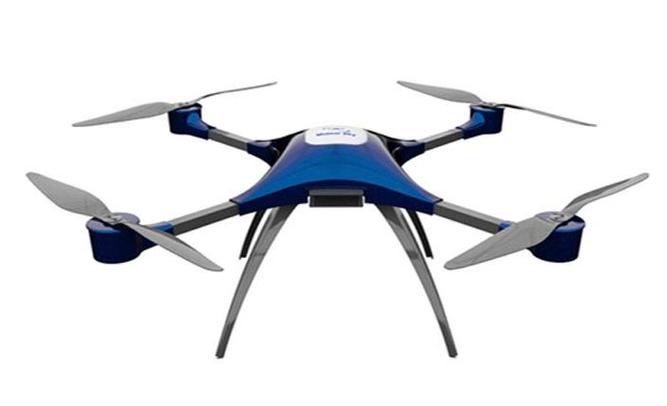The introduction of the latest FAA drone map has opened up a wealth of possibilities for drone enthusiasts, commercial pilots, and regulatory bodies. With the advancement of drone technology and the increase in their usage, understanding and navigating the FAA drone map efficiently has become an indispensable skill for many. Exploring new perspectives with the FAA’s drone map entails delving into its various components, features, and the updates it brings to the table.
What exactly is the FAA drone map? Essentially, it is a comprehensive tool providing up-to-date airspace information that assists drone pilots in planning flights safely and within the bounds of the law. One of the most striking features of the FAA drone map is its ability to highlight no-fly zones, restricted areas, and altitude limits, thus ensuring the safety of manned aircraft as well as the drones. As regulations continue to adapt to the growing drone usage, regular updates to this map are crucial.
Importance of Staying Updated
One major aspect of utilizing the FAA drone map is understanding its dynamic nature. Changes in airspace regulations and temporary flight restrictions are regularly updated to reflect new policies or temporary changes, such as those due to events, emergencies, or changing weather conditions. Drone operators must stay informed about these changes to avoid infringements that could lead to penalties.
The map is not only pivotal for recreational users but also essential for commercial applications. Industries ranging from construction, filmmaking, agricultural surveying to delivery services heavily rely on drone operations. Having precise and accurate airspace data is crucial for businesses in scheduling flights and maximizing their operational efficiency. This makes the FAA drone map a critical asset for optimizing workflow and ensuring compliance with aviation laws.
Features of the FAA Drone Map
- The map offers detailed information about controlled and uncontrolled airspace, enabling operators to plan their routes effectively.
- It features interactive layers that can be customized according to the operator’s requirements.
- Allows for real-time updates, making it highly reliable for on-the-go decisions and strategic planning.

By understanding how to use the FAA drone map effectively, pilots can significantly enhance their flying experience and mitigate potential risks associated with airspace violations. Learning about the intricacies of the map starts with grasping its graphical elements that depict flight limitations clearly and accurately.
Bridging the Gap Between Innovation and Regulation
While drones represent a leap in technological advancement, regulatory measures must keep pace with these innovations. The FAA drone map is at the forefront, striking a balance between innovation and the necessary regulatory oversight. As drones become integral to various sectors, the map tailored by FAA helps ensure that pilots can safely navigate airspace while meeting both industry and safety standards.
Frequently Asked Questions (FAQ)
Q: What is the significance of highlighting no-fly zones on the FAA drone map?
A: Highlighting no-fly zones on the map helps prevent potential hazards by ensuring drone operations do not interfere with manned aviation, military zones, or areas of national security.
Q: How often is the FAA drone map updated?
A: The map is updated frequently to reflect changes in airspace regulations, including temporary flight restrictions, to ensure users have access to the latest information.
Q: Are there alternatives to the FAA drone map?
A: While the FAA drone map is the most authoritative source, some third-party applications offer airspace data. However, users should verify the accuracy and the update frequency of these sources to ensure compliance.